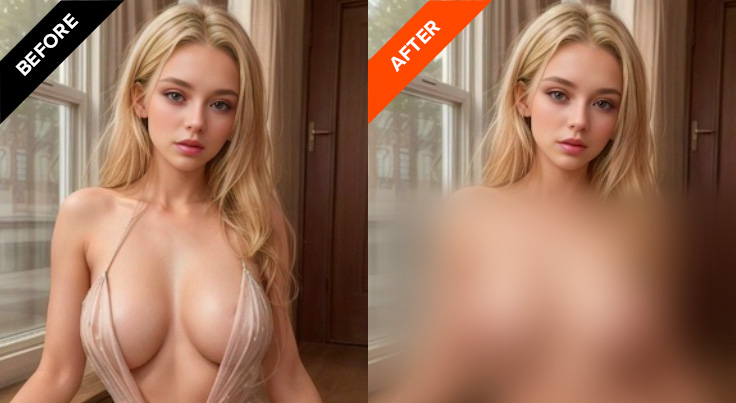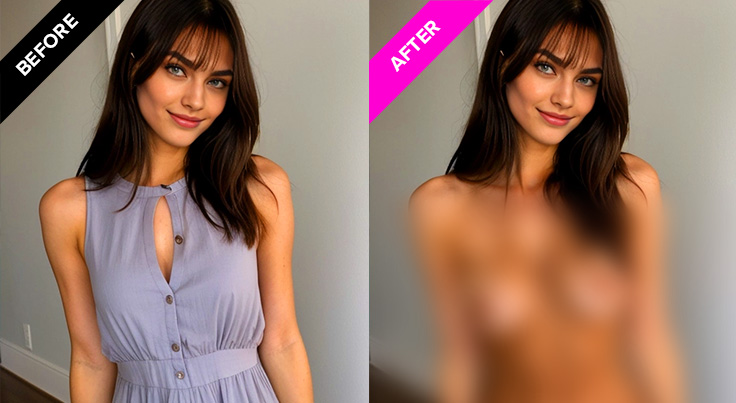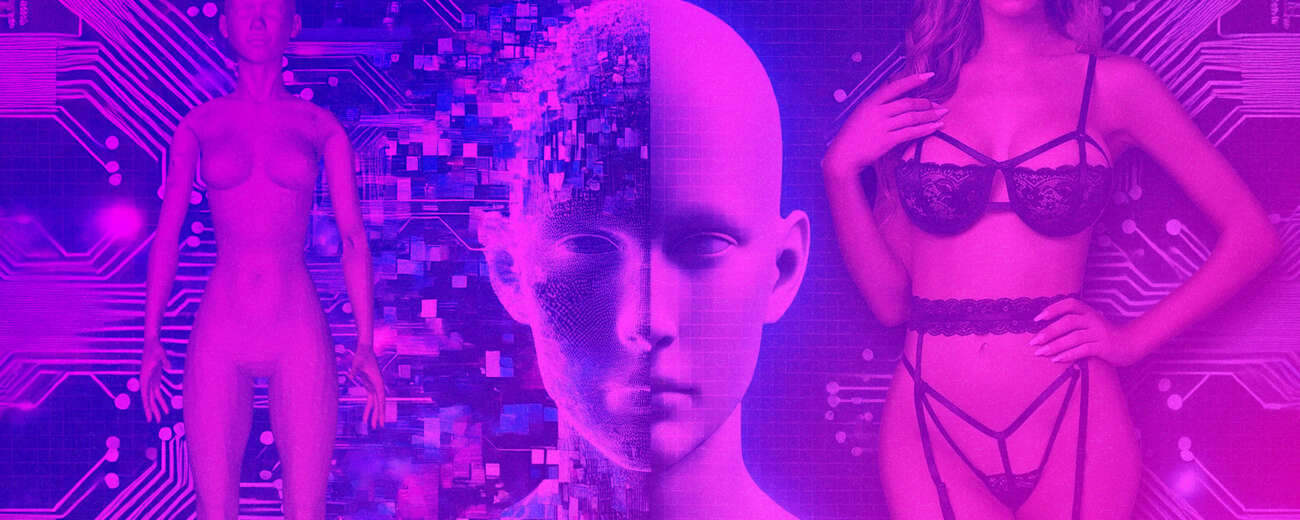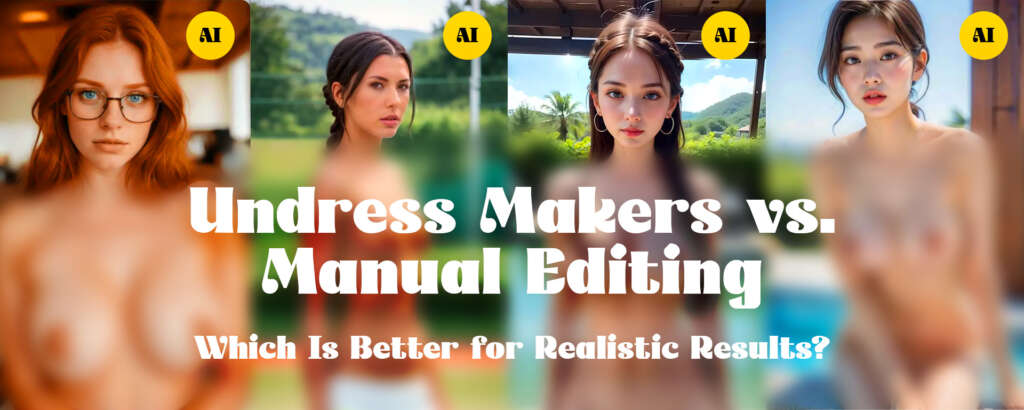The rise of AI undress apps has sparked a wide range of expectations and controversies. While some apps deliver eerily realistic results, others fall far short, often producing comical or unconvincing images. The reasons behind this disparity lie in the underlying technology, dataset quality, and the level of expertise behind the app’s development. Understanding what makes some apps excel while others fail can help users make informed decisions before investing time or money.
The Importance of Advanced AI Models
One of the most significant factors that determines the realism of an AI undress app is the technology it uses. Advanced apps often rely on complex neural networks, such as GANs (Generative Adversarial Networks), to produce highly detailed and realistic images. These networks are trained on vast datasets of real images, allowing the app to learn subtle details about how clothing interacts with body shapes and how skin tones should appear under different lighting conditions.

On the other hand, less advanced apps typically use simpler, outdated algorithms. These basic models struggle with nuance and detail, resulting in unrealistic outcomes. For example, an inferior app might generate overly smooth or distorted skin textures, or fail to match the lighting and shading of the original image. In many cases, this leads to highly unconvincing results, making the app less appealing to users seeking realism.
The Best Undress Apps with Realistic Results
- https://undress-apps.com/reviews/undress-app/
- https://undress-apps.com/reviews/undressclothes-ai/
- https://undress-apps.com/reviews/clothoff-io/
- https://undress-apps.com/reviews/undresser-ai/
- https://undress-apps.com/reviews/undressapp-ai/
- https://undress-apps.com/reviews/nudiva-io/
- https://undress-apps.com/reviews/nudeitnow-com/
- https://undress-apps.com/reviews/undressing-ai-app/
Dataset Quality: The Backbone of Realism
Another crucial factor is the quality of the dataset used to train the AI. Top-performing apps often have access to large, high-quality image datasets that represent a wide variety of body types, skin tones, and clothing styles. These datasets allow the AI to generate results that appear natural and diverse, covering a broad range of scenarios.
Conversely, apps that lack access to diverse, high-quality datasets tend to produce generic or unrealistic images. For instance, an app trained on a narrow dataset might only perform well for certain body types, leading to poor results for others. This lack of variability can result in images that look artificial, with obvious errors in proportions or clothing removal.
User Experience: Intuitive Design vs. Complex Interfaces
Even with advanced technology and datasets, the user experience plays a significant role in how successful an app can be. Leading apps provide intuitive, user-friendly interfaces that make it easy for users to upload photos, adjust settings, and generate results quickly. These apps often offer a variety of customization options, such as adjusting the level of realism, choosing specific clothing styles to remove, or applying different effects to enhance the image.
On the flip side, poorly designed apps can be cumbersome to use. Complicated interfaces, slow processing times, or unclear instructions can frustrate users, making the app less enjoyable and the results less satisfying. No matter how advanced the underlying technology might be, a confusing or overly technical user experience can prevent users from getting the best possible results.
Free vs. Paid Apps: What Users Can Expect
When it comes to AI undress apps, there is often a clear divide between free and paid options. Free apps typically offer basic features, but many are restricted in terms of the quality or realism of the generated images. These apps may use simpler models, smaller datasets, or provide watermarked results unless users upgrade to a premium version.

Paid apps, on the other hand, often provide access to more advanced technology and features. Users who opt for premium versions can typically expect higher-quality, more realistic results, as these apps usually invest more in their development and infrastructure. However, the difference in realism isn’t always guaranteed, and some paid apps may still fall short if they lack the technical expertise or resources required to produce top-tier results.
Common Issues with Unrealistic Apps
There are several reasons why certain undress apps fail to produce convincing images. Some of the most common issues include:
- Distorted body proportions: Poorly trained models often generate unrealistic body shapes, particularly around complex areas like hands, feet, or joints.
- Inconsistent lighting: Basic apps struggle to maintain consistent lighting between the original photo and the generated image, leading to mismatched shadows and highlights.
- Unnatural skin textures: Inferior models can produce skin that looks overly smooth, rubbery, or pixelated, making the final image appear fake.
- Incorrect clothing removal: Some apps fail to correctly remove clothing details, leaving behind traces of fabric or generating awkward edges.
Key Differences Between Realistic and Unrealistic AI Undress Apps
| Aspect | Realistic Apps | Unrealistic Apps |
|---|---|---|
| AI Model | Advanced GANs and deep learning models | Outdated, simpler algorithms |
| Dataset Quality | Large, diverse, high-quality image datasets | Limited or low-quality datasets |
| User Experience | Intuitive, easy-to-use interfaces | Complicated, slow, or poorly designed interfaces |
| Realism | Photorealistic images with accurate lighting and textures | Distorted, pixelated, or unrealistic images |
PROs & CONs
PROs
- Realistic apps: Produce highly convincing, photorealistic results.
- Easy to use: Many top apps offer intuitive interfaces that simplify the user experience.
- Some free options are available, though limited in features.
CONs
- Unrealistic apps: Often produce distorted or low-quality images.
- Many free apps offer minimal functionality without paid upgrades.
- Unrealistic results can lead to user disappointment.
Frequently Asked Questions
Why do some AI undress apps produce better results than others?
The realism of the images depends on factors like the complexity of the AI model, the quality of the dataset used, and the expertise of the developers behind the app. Advanced apps use deep learning techniques and large datasets to generate realistic images.
Are paid AI undress apps always better than free ones?
Not always. While paid apps often have access to better technology and larger datasets, this doesn’t guarantee high-quality results. Some paid apps may still fall short in terms of realism or ease of use.
What common mistakes do unrealistic apps make?
Common issues include distorted body shapes, inconsistent lighting, unnatural skin textures, and incomplete or incorrect clothing removal.
Are there any risks in using free undress apps?
Yes. Free apps may have lower-quality results, limited features, or hidden costs. Additionally, some free apps may have privacy concerns, so it’s important to choose wisely.
The Bottom Line
When it comes to AI undress apps, the difference between success and failure often lies in the technology and datasets used. Realistic apps that invest in advanced models and high-quality training data can produce stunning, photorealistic results. On the other hand, unrealistic apps with poor datasets or outdated technology will leave users dissatisfied. Whether you’re exploring free or paid options, it’s essential to understand what factors contribute to a successful app and choose wisely.
Ultimately, the gap between realistic and unrealistic AI undress apps will likely continue to widen as the technology progresses. Apps that fail to keep up with advancements in AI may fall by the wayside, while those that excel will set new benchmarks for what users expect.








Leave a Comment